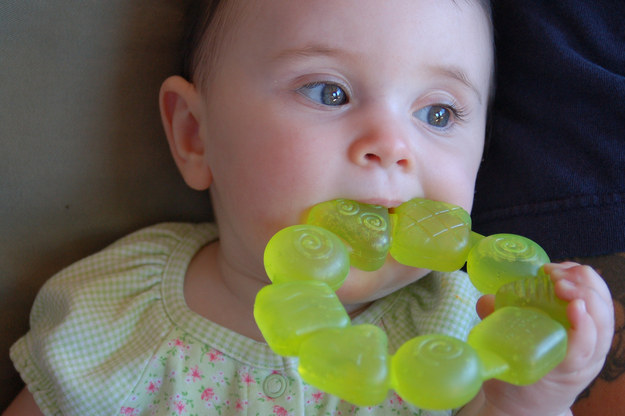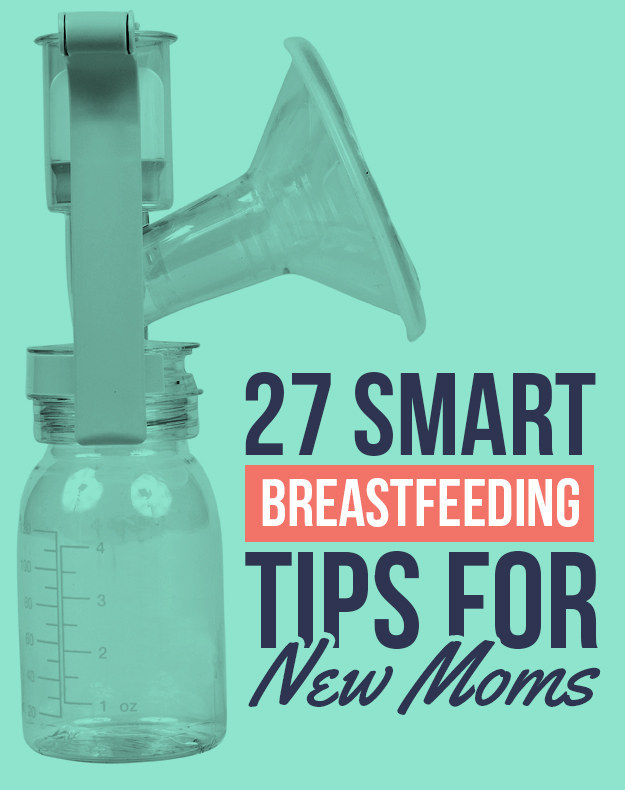When your baby starts teething someone is certain to suggest you buy an amber teething necklace, which is said to decrease teething-related discomfort.
Flickr: lydialark / Via Creative Commons
Amber beads contain succinic acid, which has pain-relieving properties. According to those who promote the necklaces, these pain-relieving properties are released into the body when warmed against a baby’s skin.
Amber teething necklaces have become increasingly popular in recent years, so much so that even supermodel Gisele Bündchen got one for her daughter.
But do they really work? And are they safe for your baby to wear?


Harpo
To find out, BuzzFeed Life spoke to Dr. Brent Bauer, director of the Mayo Clinic Complimentary and Integrative Medicine Program, who says “there is no plausible mechanism of action” when it comes to amber teething necklaces.
This — in plain English — means there is no realistic way the necklaces could create a biological process that leads to the reduction of teething symptoms.
But what about the succinic acid?
“There is no indication appreciable amounts could be absorbed transdermally,” says Dr. Bauer. In other words, it is highly unlikely that simply wearing one of these necklaces against the skin can benefit your baby.
Much more troubling than the unlikelihood that these necklaces work is the safety risk they pose.

“Clearly, choking is a very real risk whenever a necklace is placed on an infant of a teething age,” Dr. Bauer says. In fact, the Australian government issued a warning after “testing of several of these products indicated that they could break into small parts and present a choking hazard to children under three years of age.”
Health Canada also issued an advisory for these necklaces warning against not just the risk of choking, but also strangulation.
“In summary, amber teething necklaces bring lots of risk, and are highly unlikely to be beneficial,” says Dr. Bauer.
Thankfully, there are a number of safe baby teething remedies. You can find a good list of them here.

Flickr: cantaloupe99 / Via Creative Commons

















